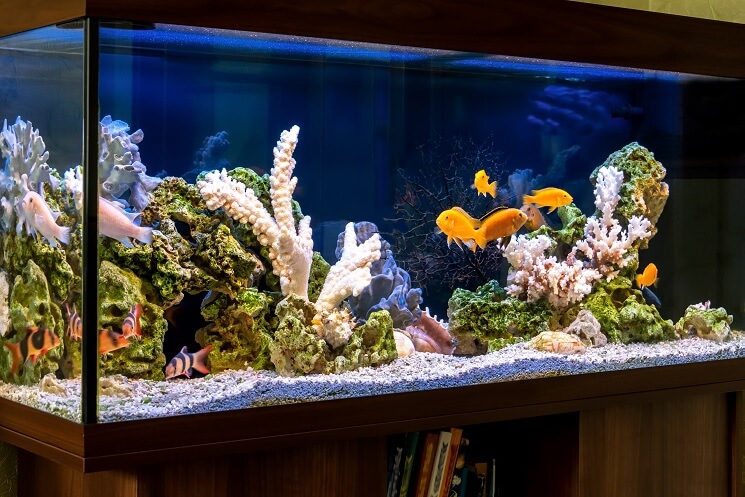Can I Use Normal Soil In Aquarium
Can I Use Normal Soil in Aquarium?
Yes, you can use normal soil in an aquarium, but there are several factors to consider before doing so. In this article, we will explore the pros and cons of using normal soil in an aquarium, as well as the steps you should take to ensure the health and safety of your aquatic pets.
Introducing Regular Soil to Your Aquarium
Using regular soil as a substrate in your aquarium can provide numerous benefits. Many aquarium plants thrive in nutrient-rich soil, which can promote healthy growth and vibrant colors. Additionally, soil can help to stabilize the pH level of the water and provide a natural, attractive appearance to your tank.
However, it’s important to note that not all types of normal soil are suitable for aquarium use. Some soils may contain harmful chemicals or excessive amounts of organic matter that can pollute the water and harm your fish and plants. Therefore, it is crucial to choose the right type of soil for your aquarium.
Choosing the Right Soil for Your Aquarium
When selecting soil for your aquarium, it is essential to consider the following factors:
1. Organic Content: Opt for soil with a low organic content. Excessive amounts of organic matter can break down in the water, leading to the accumulation of harmful substances and algae growth.
2. Nutrient Levels: Look for soil that is rich in nutrients. Aquarium plants require essential minerals for growth, and a nutrient-rich soil can provide them with what they need.
3. pH Level: Check the pH level of the soil. Ideally, it should be neutral or slightly acidic to match the requirements of most aquatic plants.
4. Substrate Size: Consider the particle size of the soil. Fine substrates can compact and become anaerobic over time, hindering root growth and potentially releasing harmful gases into the water.

Preparing the Soil for Your Aquarium
Once you have chosen the right soil, it is crucial to properly prepare it before adding it to your aquarium. Follow these steps:
1. Rinse the Soil: Place the soil in a bucket and rinse it thoroughly with water to remove any impurities or chemical residues.
2. Pre-Soak the Soil: Soak the soil in water for a few days to prevent it from clouding the water when added to the aquarium.
3. Dry the Soil: Spread the soil on a clean surface and allow it to dry completely. This step helps to eliminate excess moisture and prevent the development of anaerobic conditions.
4. Add a Protective Layer: Before adding the soil to your aquarium, consider adding a thin layer of gravel or sand to protect the soil from being disturbed by your fish or water movement.
Monitoring and Maintenance
Using normal soil in your aquarium requires regular monitoring and maintenance to ensure the health and well-being of your aquatic pets. Keep the following tips in mind:
1. Water Parameters: Regularly test the water parameters, including pH, ammonia, nitrite, and nitrate levels. Monitor these levels closely as excessive nutrients can lead to algae growth and poor water quality.
2. Partial Water Changes: Perform regular partial water changes to remove any accumulated toxins or excessive nutrients from the water.
3. Plant Maintenance: Trim and prune your aquarium plants as needed to maintain their health and prevent overcrowding.
4. Cleaning the Substrate: Gently stir the substrate occasionally to prevent the build-up of anaerobic pockets. However, be cautious not to disturb the root system of your plants.
Frequently Asked Questions
1: Can I use regular garden soil in my aquarium?
It is not recommended to use regular garden soil in your aquarium as it may contain chemicals, pesticides, or excessive amounts of organic matter that can harm your fish and plants. Instead, opt for specially formulated aquarium soil.
2: How often should I test the water parameters in my aquarium?
It is a good practice to test the water parameters at least once a week, especially in the initial stages of setting up your aquarium. Once your tank is stable, testing once every two weeks should suffice.
Final Thoughts
Using normal soil in an aquarium can be a cost-effective and visually appealing option for aquarists. However, it requires careful consideration and proper preparation to create a healthy and safe environment for your aquatic pets. By choosing the right soil, preparing it properly, and staying on top of maintenance, you can successfully incorporate normal soil into your aquarium setup and create a thriving underwater ecosystem. Happy fishkeeping!






